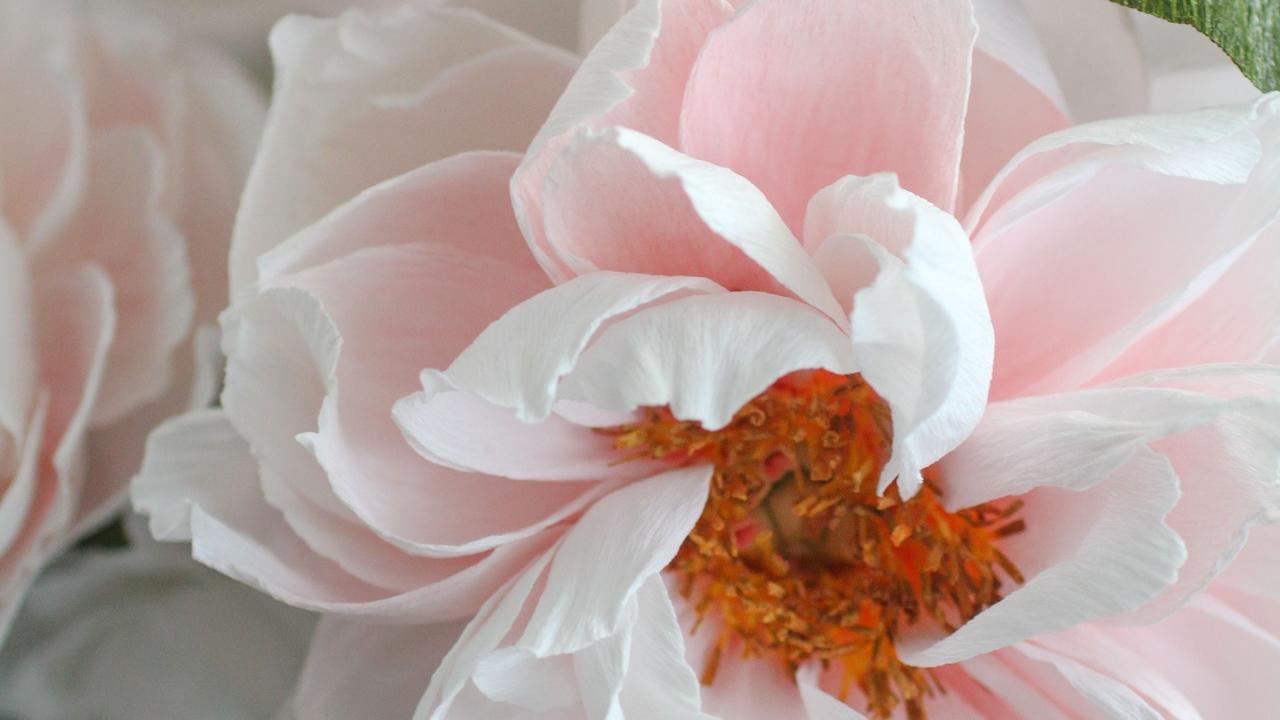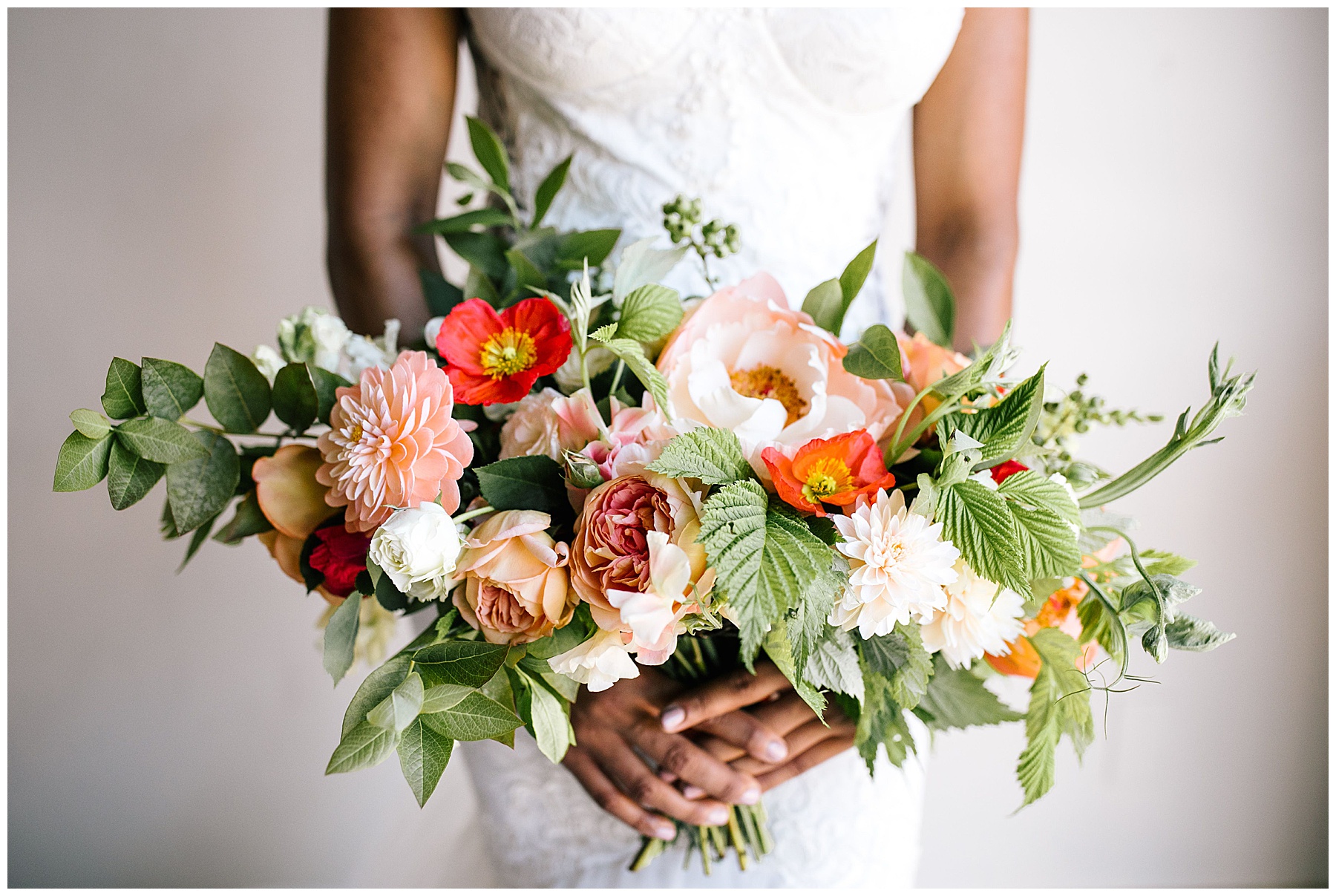The MOST important factor to consider when setting your prices
Dec 18, 2020
Can you really charge as much as other paper florists? There are many factors to weight when setting prices, but one of the most important is understanding your own value as an artist. After reading this post, you will gain the confidence you need to value your experience and skill set, and learn why you should be calculating that into your prices. When you value yourself, you’ll be able to price with confidence and make your business profitable.

At our second Paper X Talk lecture on pricing, we discussed all of the factors that we weigh when setting our prices. Our panelists provided a huge wealth of information, but one factor stood out: the great need to value your own time and skills.

So how do you do that? Here are some insights from our panelists.
Narrow Your Customer Base
Jesalyn Pettigrew of Mossy Gate Flower Farm tried on many different hats when she started out as a flower grower. Some worked, some didn’t. Some she hated, some she loved. She had to carefully weigh what she liked against what made money. In time, she figured out that she loved the wholesale world, but she wasn’t done yet. She had to narrow her customer base even further within that category to hone in on who her most profitable and most reliable wholesale customers would be.
For the paper flower world, you have to do the same. You may already know that you love creating for weddings and big special events. You’ve narrowed your customer base to brides and event planners.

But you’re not done! There is still a huge range within that base. You need to take into account factors like your style or capacity for large orders, but most importantly, you need to connect with the customer base that values your work. Find those clients that can appreciate your experience, those who know that it’s worth it to pay more for your time because the end results will be fantastic.
To do this, you may need to raise your prices or look for clients in places that you haven’t tried yet. Push yourself a little outside of your comfort zone, and don’t be afraid to say no if a client isn’t a good fit for your work.
Educate Your Clients
Another of our panelists, fresh florist Erin Shackelford of Camas Designs, discussed how frequently she is asked to design with peonies for weddings all year long. If you’re familiar with the short growing window for peonies, you know that unless that wedding is being held in May, it’s going to cost a small fortune to ship them in.

If you tell a bride that you can’t use peonies without much of an explanation, she probably won’t choose you to be her floral designer. It takes time, but if you have a discussion with your potential client about why a particular flower costs more, fresh or paper, you will be more likely to come to a compromise and make a sale.
One factor that many clients don’t understand is your value as an artist. It’s not always easy to laud your own accomplishments, but helping customers to understand how much time and knowledge and effort you put into your work will help them accept the final price tag more easily.
Try posting behind the scene footage on Instagram, or post about how long it took you to make something intricate. You don’t have to give away your techniques, but do give people a glimpse at how much effort you are putting into your art. Your customers will connect with you emotionally and value your work as it should be.
Charge for Your Experience
During our discussion, paper florist Jessie Chui of Crafted to Bloom explained value-billing, showing how she used her background as a lawyer to value her experience and skill set as a paper florist. She laid out the logic behind junior lawyers charging less per hour since they typically take longer to complete work and because the final product is probably not the same quality as something produced by a senior lawyer.
This is also true for floral artists! Think about the first paper flower you created, and compare it to what you’ve recently worked on. You can probably work faster and make flowers that are of much higher quality.

That doesn’t mean that your prices should stay the same, just because you’re working faster and therefore able to sell more in less time. One way to gauge how much you can charge for your experience is to consider what the market will bear, something you can hear more about from our incredible Paper Talk guest Marlo Miyashiro.
Don’t shortchange your experience! Your paper flowers are better because of the time you’ve spent perfecting your techniques and gaining knowledge. Your prices should reflect that.
If you want even more information about pricing factors to consider, I highly recommend that you watch our Paper X Talk lecture. We covered so much information in an easy to digest format with slides and stories from our panelists.
Here’s what else you can learn:
- Our pricing formulas for various products and all of the factors we use to calculate the final price tag.
- How to raise your prices over time.
- Why educating your customers is so important and how to do it.
- How to look back and deconstruct your work to figure out if you’re charging enough.
- Why you need a price list.
- How to calculate the cost of tools and bulk material in individual items.
- How different payment processing platforms handle sales tax or fees.
- When to work for free.

We covered that last topic in an excellent episode of Paper Talk that you can listen to right now:
You can access the replay of our Paper X Talk lecture for only $37, or bundle the entire lecture series on pricing for $97. You can watch these videos over and over again, which is very helpful when in a year’s time you are ready to look back at your business again to evaluate your pricing and decide what to do moving forward.
You can also ask all of us questions if you didn’t get to during the live event! Join our Facebook group or find any of the panelists on Instagram. We’d love to hear your pricing questions.
Coming Soon: My First Book!
How To Make Paper Flowers
Sign up for a sneak peek at the book, and for updates on its publication.
I respect your privacy and will never share your email and contact information with any third party without your permission.



